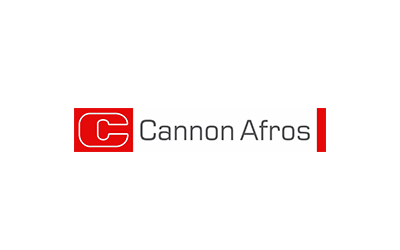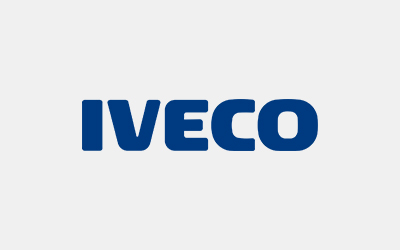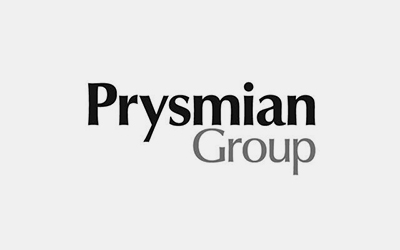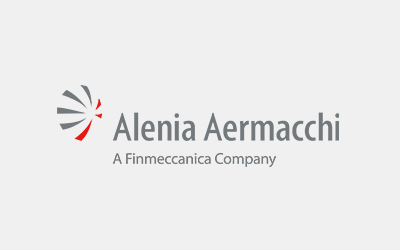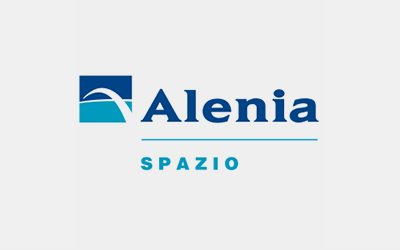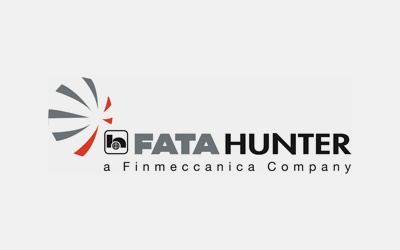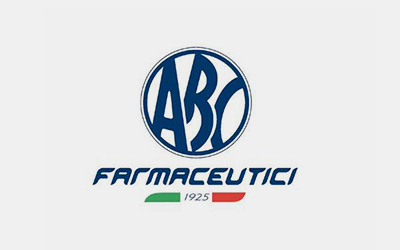Categories
The emission chimney into the atmosphere is one of the fundamental elements in the designs of the suction systems for fumes, dust, exhalation, or other pollutants that must be sucked and filtered
In addition to being dimensioned in diameter according to the flow rate and in other technical aspects such as geometric conformation, it is absolutely necessary to take into account the installation position of the emission chimney into the atmosphere, depending on important parameters that we will see later, in some cases underestimated by the designers and therefore source of possible misunderstandings or worse of inadequacy of the same, for incorrect position or for lack of technical safety requirements of the sampling points.
The reference standards
When dealing with the issues related to the emission chimney into the atmosphere in Italy it is necessary to refer to D.Lgs. 152/06 part V, subsequently modified in part by corrective D.Lgs. 128/10 which, as is known to professionals, have partially renewed the existing rules on the subject.
When do we care?
From a practical point of view it is important for companies to remember that the guidelines for the emission chimney into the atmosphere are to be applied for:
- The construction of new suction systems and therefore new sampling stations
- When renewing existing authorisations
- To correct systems authorized before the entry into force of Legislative Decree. 128/10
Although we remember that at the local level there may be differences, in general we can summarize in some main points the requirements for the emission chimney into the atmosphere in the suction systems:
| How high it should be The height of the chimney of emission into the atmosphere must be at least 1 m higher than the ridge of the roofs, parapets and any other obstacle or structure present less than 10 meters away. It shall also be installed at a height not less than that of the upper edge of the highest opening of the inhabited spaces at a distance of 10 to 50 m (D.Lgs. n. 152/06 part V, Annex IX Civil thermal installations, Part II technical and construction requirements, points 2.9. and 2.10). | 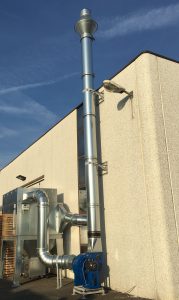 |
| Sampling points, where and how It is called in different ways depending on the geographical area or perhaps the habits (smoke outlet, vent, probe connection, etc.) but you need to pay close attention to where it is placed along the pipe, how it is made and how many fume outlets are necessary. From a regulatory point of view, the reference standard is UNI EN 15259:2008 and indicates the criteria that a designer should follow when placing the sampling point applied to the emission chimney into the atmosphere. | |
| – Prefer, where possible, vertical ducts – Areas where work platforms for technicians can be built – Away from any disturbance which may result in a change of direction of flow – Located at 5 hydraulic diameters upstream and 2 downstream of a straight section of the duct; in the case of direct outlet into the atmosphere, the downstream diameters rise to 5 – In constant shape and transverse surface ducts. Each issue must be numbered and uniquely identified by indelible writing of the emission number and the diameter of the chimney on the related artifact near the sampling point. | 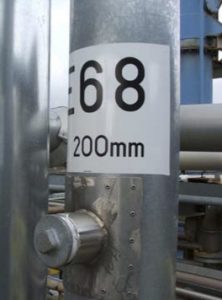 |
| The following conditions must also be present: – A gas flow angle of less than 15° compared to the shaft of the duct – Absence of negative flows – A minimum speed depending on the method of measurement; for a pitot it is represented from a differential pressure greater than 5 Pa – A ratio of maximum to minimum speed at a point below 3:1 Each sampling point shall be equipped with logs according to UNI EN 15259 in 6.2.2 and Annex A.1. It’s important, depending on the size of the duct, one or more sampling points must be provided. In the case of several vents on the same sampling plane, provided by the standards for chimneys with a diameter greater than 0,5 m, all the vents, belonging to the same chimney, must be reachable without having to go down and up from the sampling station. Very interesting is the innovative solution proposed by SECUREAIR®, with a new range of universal fume sockets made of plastic material and especially easy to install on circular or rectangular channels. 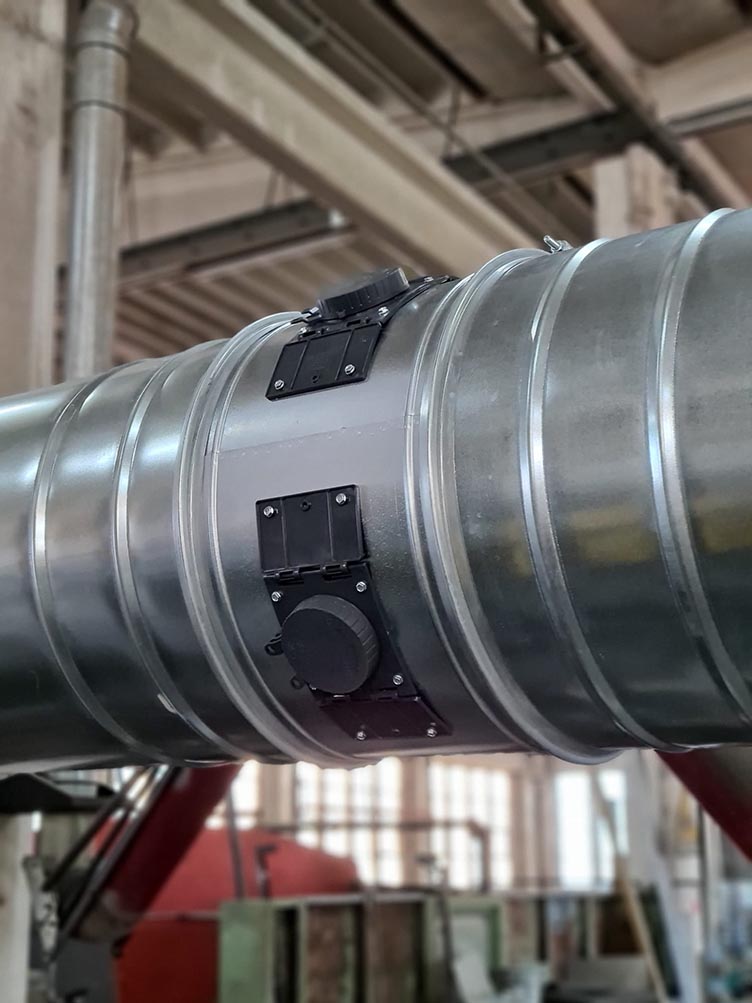 Click here for further information Click here for further information | |
| Security of the sampling station The service station of the sampling point on the emission chimney into the atmosphere is considered by the workplace regulations, as it is used according to the periodicity prescribed by the provincial authorization by staff of the company (or by external companies on its behalf) for own-control sampling, in addition it shall also be used by the control bodies to carry out measurements to assess in compliance with the emission limit value. Consequently, the sampling points must be equipped with access systems or workstations for operators in order to ensure compliance with the rules laid down for occupational safety and hygiene (D.Lgs. 81/08 s.m.i.). In addition, from a practical point of view there must be enough space for the positioning and handling of the probes and Pitots. Three different examples of platform points in case of multiple sampling points.
This aspect has a significant impact especially on existing systems with not very reachable or not according to the rules that require important interventions to be adequate with the inclusion of:
| |
Contact us for more information or to request an adaptation of the emission chimney into the atmosphere according to current regulations.
Quotes, references and thanks:
- ARPAE
- Wikipedia: emission
- Metropolitan City of Turin: emissions
- ARPAL
- Dlgs 152/2006 Norms in environmental matter


